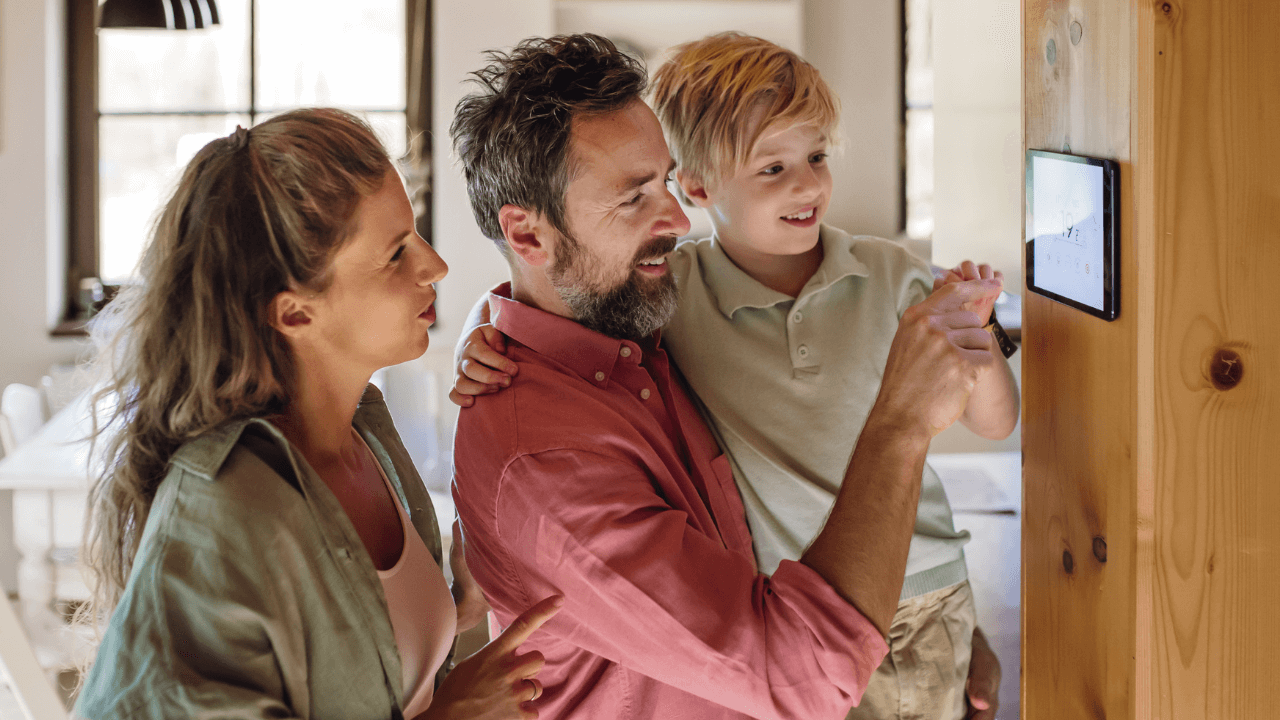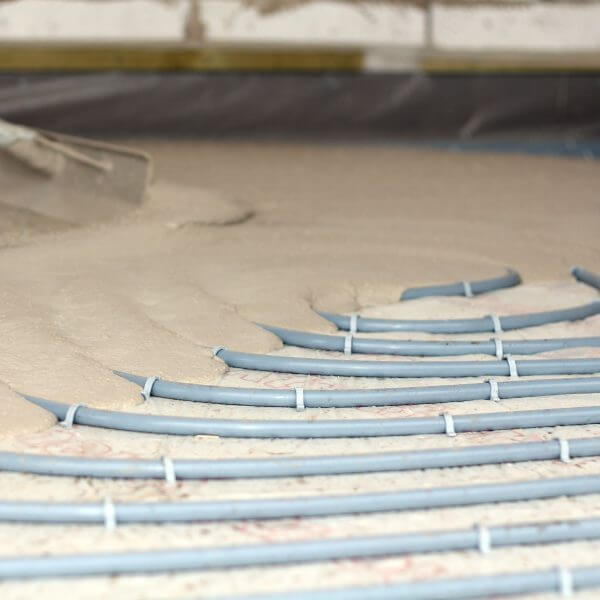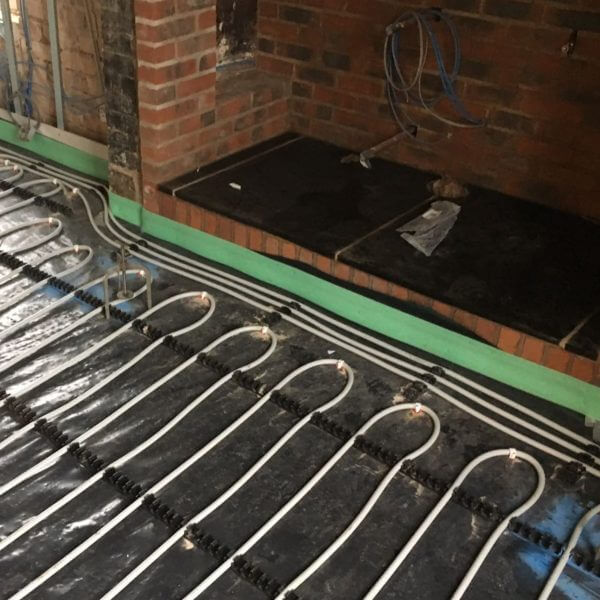Save Energy This Winter: Optimise Your Heating
It’s a hard truth that heating is perhaps the most expensive part of your utility bill. According to the Energy Saving Trust, it can account for over half of what you spend monthly! With the winter chill creeping in, now is the time to optimise for energy-efficient heating and ensure you save money on your bills.
At EasyFlow, we are installers of underfloor heating, one of the most efficient ways to heat houses. Whether you have one of our systems, or still use radiators, these tips will help you ensure any central heating system is being used correctly.
Optimise Your Heat Source
Your heat source is the system that provides your underfloor heating or radiators with hot water. From heat pumps to gas boilers and biomass boilers, make sure yours is set to provide the most energy-efficient heating.
Get Your Heat Source Serviced
Now is the best time to get this done as heating engineer demand will only increase over the winter months. In terms of energy-efficient heating, your heat source will accumulate dust, soot, or sediment over time. This reduces the efficiency of heat transfer and can increase your costs. Furthermore, servicing your heating system can detect issues like failing or unoptimised components that could increase your energy usage.
Bleed Air From the System
As the system is used, air bubbles can slowly be let in over time. This affects how well hot water is delivered through the system and decreases efficiency if hot water is allowed to cool before it reaches the area it needs to distribute heat. Airlocks can be devastating as they prevent any hot water from circulating through the home. Your boiler could be running for hours but because of the airlock, none reaches the room holding the thermostat.
At EasyFlow we design our underfloor heating systems in a way that lets air out naturally and prevents airlocks. Simply twist the air vent valve and see if any air escapes. For radiators, you’ll need to open the valve on every single radiator and run an air escape cycle on your heat source, if you know.
Keep Consistent Pressure Levels
Another key energy-efficient heating tip is to keep the water in the system pressurised. If the pressure isn’t optimal, neither will the transference of heat, and you’ll be spending more energy when your heating is running. If you recently bled air from your central heating system, make sure to top it up to between 1 and 1.5 bars of pressure when the system isn’t on.
Optimise Your Thermostats
Thermostats are what start and stop your heating system and tell it how hot the water needs to be to suit your needs. Little more needs to be said about them, except for the fact that many households to this day still use these devices incorrectly. If you’re looking for the most efficient way to heat your house, starting with your thermostat habits is the smartest way to save money.
Place Your Thermostats in a Good Spot
Thermostats measure the temperature of the room they’re in, but if you place the thermostat too close to a drafty window, it’ll fire up your heating more than you actually need it. Placing it on an interior wall in the middle of the room where there is good airflow will be a more accurate representation of the room temperature.
If you don’t have underfloor heating and have only one thermostat, you’ll need to place it in a room that represents the entire house and your habits. Don’t just place it in the coldest room of the house if you barely use that room; that will turn the heating on more than you need it.
Is Your Thermostat Working Properly?
Thermostats can have issues without telling you there is a problem. This can cause temperature swings or keep your heating on longer than you need it. The good news is that there are simple ways to fix these problems.
It might be as simple as a fix as changing the batteries, resetting the thermostat, or recharging it. If it’s a smart heating system thermostat, place it in a different location away from other smart devices that could interfere with its signal, and clean the temperature sensor of any dust. Lastly, check the underfloor heating thermostat for any error codes and consult your manual.
Don’t Change Your Thermostat Impulsively
Never turn up your underfloor heating thermostat to a higher temperature if you want your home to heat quickly. Underfloor heating takes a little longer to feel the benefit, but setting a higher temperature doesn’t speed this up; it just means it will be on for longer. This is often true for radiator-based heating too.
If you have a smart heating system, it’s able to “learn” your habits and adjust your heating automatically for the most efficient setup. Then you can enjoy a home heated just as you like it without you touching the thermostats. If you have an underfloor heating thermostat, pair it with a compatible smart app to ensure it learns correctly.
Is it Cheaper to Leave Your Thermostat at One Temperature?
Setting your thermostat to maintain a consistent “maintenance” temperature, such as 17°C, will not cause the heating to be on at full power all day. It’s cheaper than blasting heating full power once in the morning and once in the afternoon. This is because heating the home by a single celsius to maintain a baseline requires less time, less heat, and therefore less energy than heating a home from a colder temperature.
For this to be most effective and save the most money, set a temperature that isn’t too hot, and program your thermostats to fit your schedule. For example, if you wrap up warm in bed and spend most of your day out of the house, program your thermostat to maintain a lower temperature, like 16°C, until you come home.
Save Energy in the Future
Do you own a radiator system? Perhaps it’s time to start thinking about an underfloor heating system. At EasyFlow, we design energy-efficient systems that minimise heat loss and allow you to micromanage your heating with zoned underfloor heating thermostats that allow you to provide comfortable heating to the rooms you relax in and just enough heating to prevent damp in the rooms you seldom use.





Where To Find Us